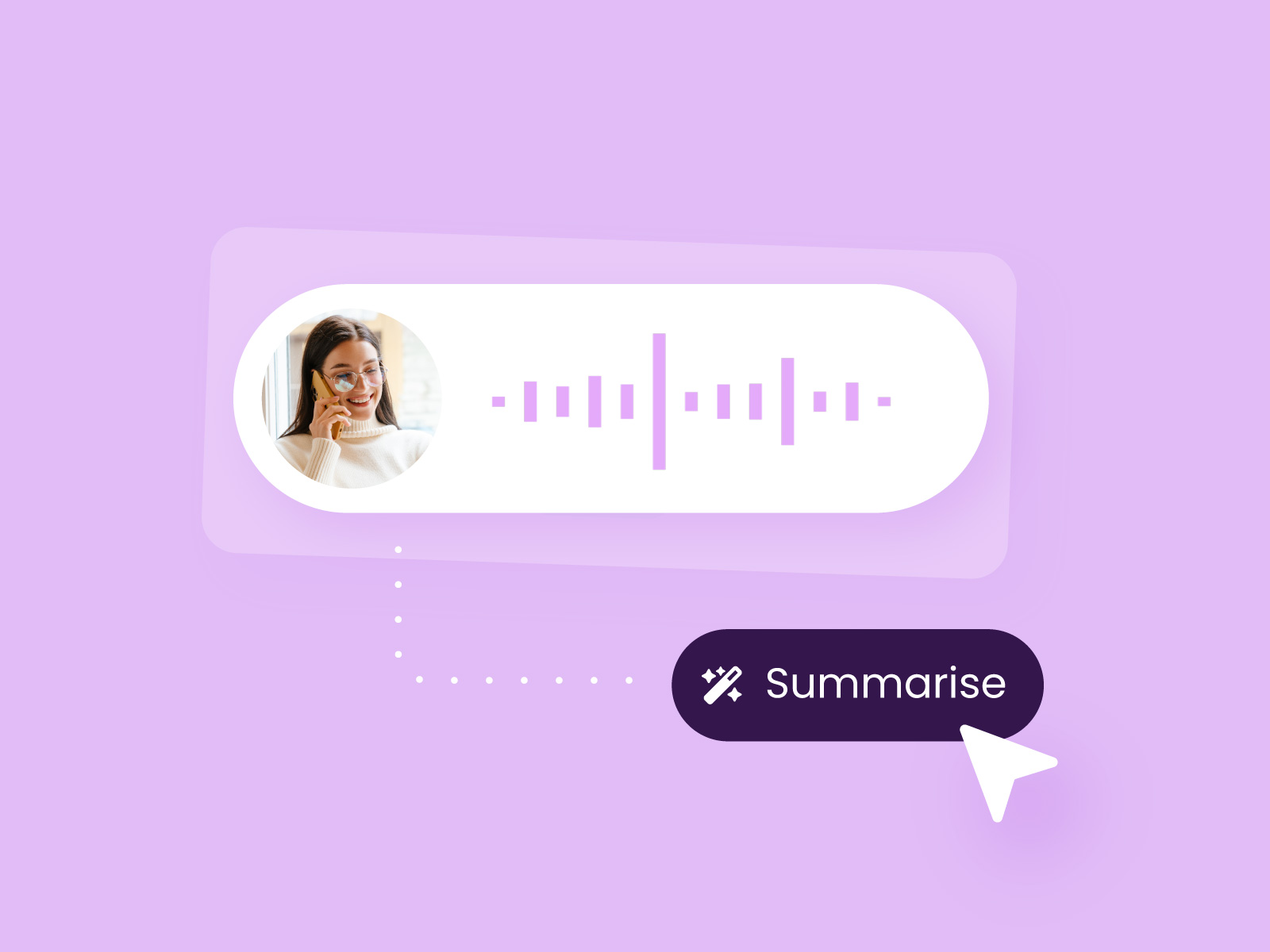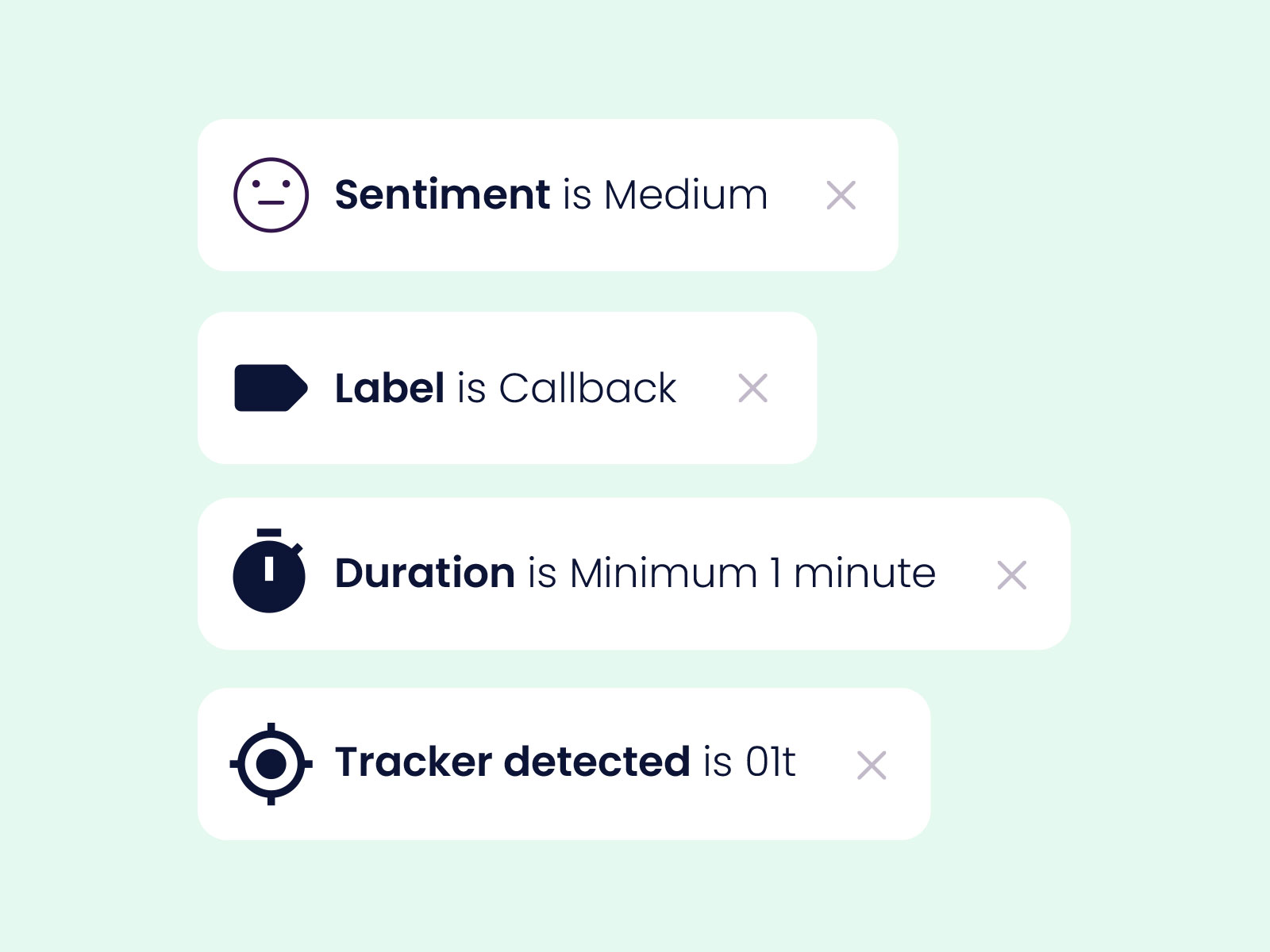A virtual agent should support, not frustrate. Yet, when responses fall short—missing the intent or leaving users unsure of what to do next—it can feel like a barrier instead of a solution.
In many cases, virtual agents are introduced without enough planning, support, or integration. They’re launched and left alone, expected to handle complex tasks with no guidance, no integration, and no room to grow.
The good news? These challenges aren’t usually a failure of technology, but of implementation. When designed with the right strategy, virtual agents become a powerful extension of your support team—driving faster resolutions, consistent service, and better customer experiences.
So, what sets a successful virtual agent apart from one that falls flat? Let’s look at where things often go wrong, and how to get it right.
1. Lack of planning and poor use case design
Too many virtual agents are launched without a clear plan. They’re expected to handle “customer queries” in general, with little thought given to which queries, how they should be handled, and why a bot is the right channel. They're left to handle every kind of query, without understanding which ones are suitable for automation and which require a human touch.
How to fix it:
Start small and specific. Choose a handful of simple, low-risk queries such as FAQs or high-volume queries that require simple integrations. These are great candidates for automation.
Then, build from there. Make sure your bot’s role is clearly defined, with a focused purpose and measurable goals aligned with both customer needs and business outcomes. This planning step is often overlooked. In fact, only 47% of leaders say their organisation sufficiently educates employees on the capabilities and benefits of generative AI, according to Deloitte.
If teams don’t understand what the technology is for, it’s unlikely they’ll set it up for success.
2. Lacking the right integrations to support customer needs
A virtual agent can only be as helpful as the information it can access. And depending on the complexity of queries it’s expected to handle, that might mean access to your knowledge base, CRM, ticketing system — or the ability to hand over to a human with full context.
Integration with your knowledge base is especially important. But it’s not just about connecting to any content. The Knowledge base needs to be well-structured, regularly maintained, and tailored for automation. An outdated or poorly organised knowledge base will lead to vague, incorrect, or inconsistent answers.
How to fix it:
Ensure your virtual agent is integrated with your knowledge management. It should be able to retrieve the right information, perform key actions and escalate to a live agent when needed. With the right integrations and content in place, your virtual agent becomes a seamless part of your support experience, not a dead end.
3. Trying to automate too much, too soon
AI agents are powerful, but they’re not suitable for every interaction. When businesses try to automate complex, sensitive, or emotional queries, it usually backfires. In these cases, bots can come across as cold or unhelpful, and customers are left feeling like they’re being blocked from real help.
How to fix it:
Focus your virtual agent on tasks that are simple, structured, and suited to automation. Just as importantly, make sure your bot understands its own limits. When a query requires more context, empathy, or human judgement, it should know when to escalate.
At Puzzel, we call this balance: automate when it matters, bring empathy when it really matters. That’s how you create an experience that feels helpful, not frustrating.
And it works. According to Salesforce, 64% of agents who use AI chatbots say they now spend more time on complex cases — because the bot is handling the basics. That’s how AI and humans can work best together.
4. No smart search or safeguards in place
A virtual agent needs more than scripted replies. If it can’t interpret customer intent, or worse, starts giving made-up or irrelevant answers, you risk damaging trust and creating more work for your team. Generative AI is changing the game here, but it also introduces new risks. Without guardrails, bots can generate incorrect or inappropriate responses, especially in sensitive industries like finance, healthcare, or public services.
We’ve already seen real-world examples, from bots generating offensive or biased content. These failures don’t just impact customer satisfaction; they can also pose legal and reputational risks.
How to fix it:
Choose a virtual agent with built-in intelligence and strong guardrails. It should be able to accurately interpret customer intent, even when queries are phrased in different ways, and return the right answers.
Just as importantly, look for a solution with governance features that allow you to:
- Monitor how the virtual agent responds
- Limit the risk of hallucinated or inaccurate answers
- Set clear boundaries for what the bot can and can’t say
Generative AI is a powerful tool, but without strong oversight, it can do more harm than good. A safe, reliable virtual agent balances intelligence with control.
5. No clear ownership or continuous improvement
Customer expectations change. So do your services. Yet many virtual agents are launched and forgotten, with no plan to improve or adapt. Bots that aren’t maintained often become outdated, repetitive, or irrelevant. This leads to a gradual decline in performance, and a growing gap between what customers want and what the bot can deliver.
How to fix it:
Review performance regularly. Analyse chat transcripts to spot patterns, missed intents or outdated answers. Make small, continuous improvements. And, crucially, give someone clear ownership of your AI solution, someone responsible for its ongoing health, training, and optimisation. Think of it like onboarding a new team member: it needs guidance, feedback, and support to thrive.
Virtual agents done right can be game-changing
Technology is continuously evolving, and so too are AI solutions like virtual agents. Compared to just a few years ago, trust in these solutions is growing. In fact, Puzzel’s recent survey found that 61% of CX leaders are confident in the accuracy of their virtual agents, and 57% believe their customers are increasingly comfortable interacting with them.
When set up properly, virtual agents are more than just time-savers. They’re powerful tools that can elevate both customer and agent experiences:
- 65% of CX leaders say tools like virtual agents help reduce burnout and boost agent performance, according to Puzzel.
- A significant 64% of businesses believe that artificial intelligence will help increase their overall productivity, according to Forbes.
- 81% of contact centre executives are investing in AI for agent-enabling technologies to improve the agent experience and operational efficiency, according to Deloitte
- 73% of consumers say AI assistants help reduce wait times, according to Liveperson.
- 64% of customer service agents who utilise AI chatbots can spend most of their time solving complex cases, according to Salesforce
But it all depends on the foundation you build.
How Puzzel's virtual agents can help
At Puzzel, we help contact centres deploy virtual agents that are accurate, compliant, and ready for real-world complexity — across chat, voice and email.
Our AI-powered agents combine structured control with generative AI to deliver safe, reliable responses in sensitive environments. With Puzzel, you get:
- Smart intent recognition and tailored search to understand real customer needs
- Governed GenAI with built-in safeguards to eliminate hallucinations and maintain brand safety
- Seamless handovers to human agents — with full context carried over
- No-code tools for testing, version control, and continuous optimisation
- Complete data control with GDPR compliance, Schrems II alignment, and EU data sovereignty
- Access to experienced AI trainers to help you set up, fine-tune, and optimise your virtual agent journeys
Whether you're starting from scratch or looking to improve an existing bot, we’ll help you build a virtual agent that delivers real, measurable results.
Learn more about Puzzel’s virtual agents here.
Frequently asked questions
Common warning signs include:
- High escalation rates to human agents
- Customer complaints or poor CSAT scores
- Repetitive queries that the bot can’t handle
- Inconsistent or irrelevant answers
- No clear performance tracking or ownership
If you spot any of these, it may be time to review your AI setup and strategy.






